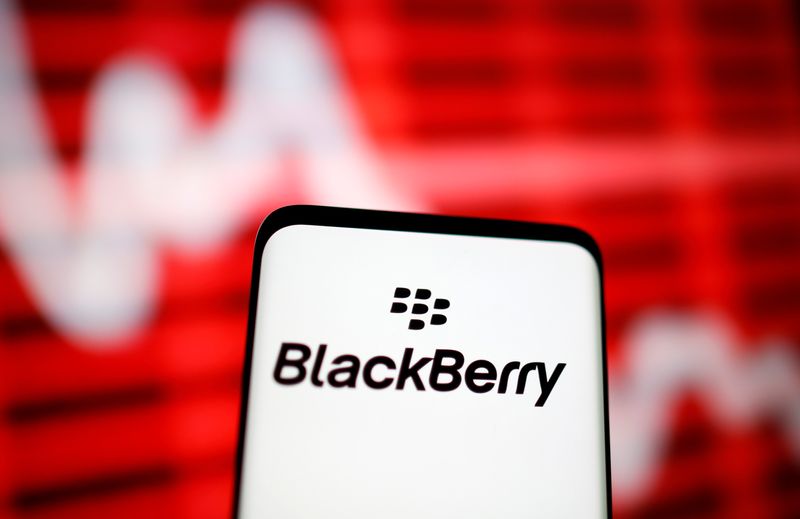Follow us on LinkedIn
Investors in South Korea have lost money in a complex derivative linked to constant maturity swap. In search for higher yields, they are also putting money into another complex financial instrument, convertible bonds. Bloomberg recently reported,
Sales of convertibles, which pay low coupons and let investors convert into stock if the issuer’s shares rise enough, totaled about 3.1 trillion won ($2.5 billion) through July, compared with a record 4.1 trillion won in all of 2018, according to data from Korea Capital Market Institute. Local hedge funds are the main buyers of the bonds, which are usually sold by small- and medium-sized firms without credit ratings. Read more
This convertible bond has a complex feature, and the regulators are worrying that investors will lose money if they don’t fully understand the financial instrument.
Despite near-zero coupon payouts for most of the securities, investors are lured by a “refixing” clause that is unique to Korean convertibles. The term allows a reduction of almost 30% from the initial conversion price if the underlying stock falls.
Regulators are already worried about retail investors owning things they don’t understand. They’re planning a probe into sales of derivative products that carry the risk of losing all their value depending on moves in overseas market rates.
Investing in convertible bonds can add value to a portfolio. However, valuing a convertible bond and managing the risks is not trivial.
A convertible bond (or preferred share) is a hybrid security, part debt and part equity. Its valuation is derived from both the level of interest rates and the price of the underlying equity. Several convertible bond pricing approaches are available to value these complex hybrid securities such as Binomial Tree, Partial Differential Equation and Monte Carlo simulation. One of the earliest approaches was the Binomial Tree model originally developed by Goldman Sachs and this model allows for an efficient implementation with high accuracy. The Binomial Tree model is flexible enough to support the implementation of bespoke exotic features such as redemption and conversion by the issuer, lockout periods, conversion and retraction by the share owner etc.
Further questions
What's your question? Ask it in the discussion forum
Have an answer to the questions below? Post it here or in the forum




